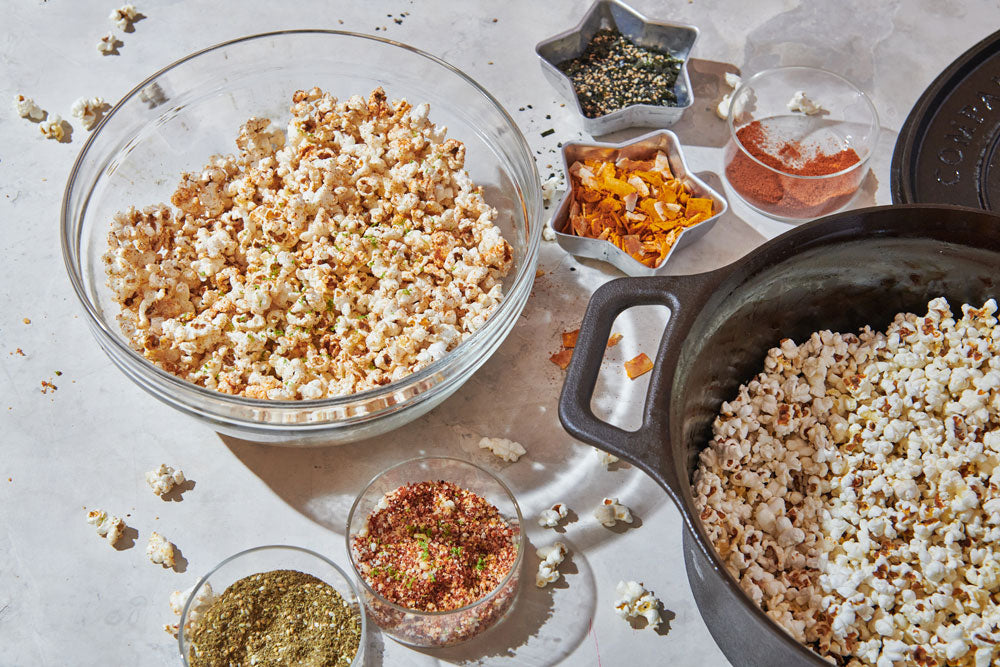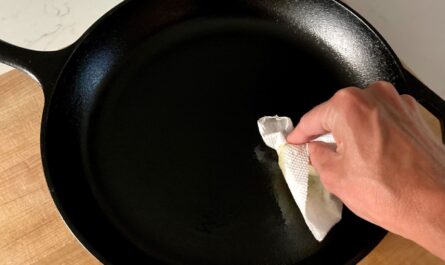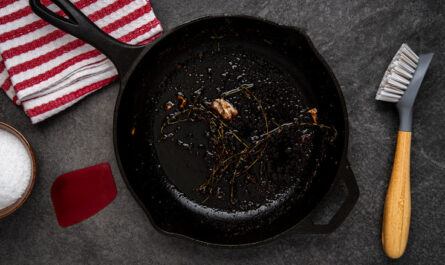If you’re wondering how to use a Dutch oven in your kitchen, you’re in for a treat! This versatile piece of equipment has been a staple in kitchens for centuries. Its ability to deliver consistent, high-quality cooking results is unmatched. Whether you’re simmering a hearty stew, baking artisan bread, or roasting a flavorful chicken, learning how to use a Dutch oven will transform your cooking. Lets dive into everything you need to know!

What is a Dutch Oven?
A Dutch oven is a heavy-duty, cast iron cooking pot with thick walls and a tight-fitting lid. It is designed to distribute heat evenly and retain it for long periods. These features make it ideal for slow-cooking, braising, baking, frying, and even sauting. The origins of the Dutch oven trace back to the Netherlands, where the technique of casting iron cookware was perfected. Today, modern versions often come coated with an enamel layer, which helps prevent rust and makes cleanup easier.
Why is the Dutch Oven So Popular?
Cooking enthusiasts are absolutely delighted by this culinary tool, and for good reason! Its here are some of the key benefits of using a Dutch oven:
- Versatility: A Dutch oven can handle a wide variety of cooking methods, from stovetop to oven.
- Durability: High-quality cast iron Dutch ovens can last a lifetime when properly cared for.
- Exceptional Heat Retention: Its thick construction ensures steady heat, perfect for slow-cooked meals.
- Eco-Friendly: This is a one-time purchase that repeatedly replaces disposable pots and pans.
Feeling inspired yet? Let’s explore how to get started with how to use a Dutch oven like a pro.
Getting Started: Seasoning Your Dutch Oven
If your Dutch oven is made of raw cast iron (without an enamel coating), it must be seasoned before use. Heres a quick guide to seasoning:
- Wash the pot with warm, soapy water and thoroughly dry it.
- Rub a thin layer of vegetable oil or melted shortening on the surface, including the lid.
- Bake it upside down in the oven at 375F for an hour, placing a sheet of aluminum foil underneath to catch drips.
- Let the pot cool completely. Your Dutch oven is now seasoned and ready to use!
How to Cook with a Dutch Oven
1. Slow-Cooking
One of the most beloved uses for a Dutch oven is slow cooking. Thanks to its excellent heat retention, it can simmer soups, stews, or chili for hours to develop deep, rich flavors. Simply add your ingredients, cover with the lid, and let the magic unfold.
2. Baking
DId you know you can bake bread in a Dutch oven? Its tremendous heat distribution creates a crusty outer layer while keeping the inside soft and fluffy. Want to try other baking experiments? Check out our simple baking tips here.
3. Searing and Browning
Because of the even heat it provides, a Dutch oven is absolutely terrific for meat searing. Get that beautiful golden crust on your cuts and seal in flavor before finishing them with a braise or roast.
4. Frying
Frying in a Dutch oven ensures even cooking and gives you that crispy texture every time. Its high heat tolerance makes it a safer frying choice.
Do’s and Don’ts for Using a Dutch Oven
Do:
- Always preheat your Dutch oven gradually to avoid cracking.
- Use wooden or silicone utensils to prevent scratching your enamel coating.
Dont:
- Avoid sudden temperature changes to maintain the integrity of your Dutch oven.
- Never soak your Dutch oven in water for extended periods, as it can cause rust.
Cleaning and Caring for Your Dutch Oven
Proper care is essential for preserving the life of your Dutch oven. Follow these tips:
- Let it cool down naturally before cleaning.
- Use a soft sponge, warm water, and mild dish soap. For stubborn stains, use a paste of baking soda and water.
- Store it with the lid slightly ajar to prevent moisture buildup.
For more detailed guidance, you can visit these tips.
Recipes to Try with Your Dutch Oven
- Beef Bourguignon: Slow cook beef chunks in a flavorful wine-based sauce for comfort food at its finest.
- Artisan Bread: Crusty, homemade bread baked to perfection that rivals professional bakeries.
- Chicken and Dumplings: A hearty meal thats perfect for any season.
Common Mistakes to Avoid
Even seasoned cooks sometimes slip up! Here are some things to watch out for when using your Dutch oven:
- Skipping the preheating step.
- Using it on high heat, which could damage the coating over time.
- Not drying it completely after washing, which may lead to rust.

FAQs About Using a Dutch Oven
1. Can you use a Dutch oven on any stovetop?
Yes! Dutch ovens work on gas, electric, and induction stovetops.
2. What size Dutch oven should I buy?
For a family of four, a 5 to 7-quart Dutch oven is ideal. Adjust size based on your cooking needs.
3. How can I clean burnt food from my Dutch oven?
Create a paste with baking soda and water, let it sit for 15 minutes, then scrub gently.
By learning how to use a Dutch oven, you are investing in countless cooking adventures. Whether you are a beginner or an experienced chef, this tool is designed to make your life easier and your meals more delicious. Start experimenting today!
This article contains affiliate links. We may earn a commission at no extra cost to you.




